One of Nature’s gifts is that it relaxes our senses and promotes healing. There is a peace and calm that overtakes us when we experience a natural setting. In contrast, an environment that continuously demands concentration and focus is not healthy; the mind and body will suffer over time.
Why does Nature have such a calming effect? There are most likely dozens of reasons; fresh air, the sounds of birds and a susurrus wind all come to mind. I think the way Nature arranges herself can also play a role, and that role can be used in design.
Regularity
In an artificial environment we are overwhelmed with regularity. Everything is evenly spaced. Road lines are dashed out in even intervals (for good reason!) Beams overhead are spaced evenly, usually for load displacement, and we are overjoyed with symmetry in all of its forms. Regularity is necessary for information flow. We find it easier to navigate a complex area such as an airport or a subway station when there are regular guideposts. The famous New York City subway map designed by Massimo Vignelli, is considered a masterpiece of for its ability to impart information in a clear and simple visual language.
But regularity, as mentioned above, demands focus. It forces us to look in certain ways at specific points in space. Yet anyone who has looked at the starry sky at night or watched a waterfall knows the joy of letting the mind go and being enraptured by irregularities in nature. A common bit of advice given to students who are suffering from excessive concentration while studying their text books is to occasionally stare into the distance. Focusing on infinity relaxes the eyes.
The Best of Both Worlds
Can we have design that uses the best of both these ideas? I believe we can. I first recognized this possibility when looking at the iron and glass ceilings of European rail stations. The network of iron is regular, but from a greater distance it becomes so intricate that the eye loses its ability to focus. The intricate webwork takes on a sense of randomness, but with an order behind it. It acts like a mandala that is used frequently for meditation in Eastern religions.
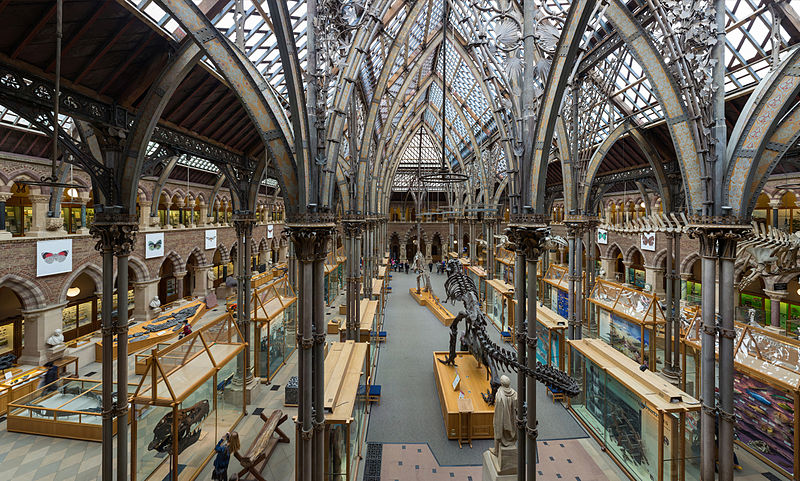
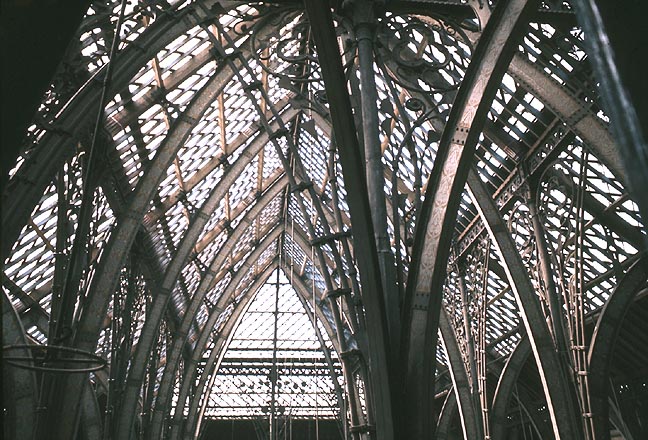
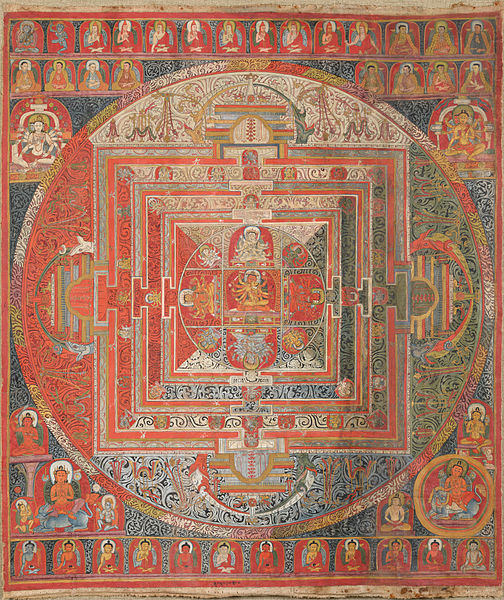
Complexity: Athroisis and SSOS
Complexity leads to a lack of focus. But complexity might be interpreted as randomness, which it is not. It is often \”unpredictable order\” as one would see in a mountain range or a grove of trees. It is also the ever-diminishing detail of a fractal, which leads the eye to infinite smallness. Note that my definition of complexity is not the exact definition that you will find in mathematics and physics.
Fractal Design has within it the power to relax the senses using complexity. What I called, unpredictable order can be simulated with athroisis. Athroisis implies an ordered complexity. A grove of trees is pleasing to look at but one doesn’t usually focus on one tree, but rather the grove of trees. The grove itself is the point of focus. Unlike a row of trees artificially planted, where one’s focus is guided to a vanishing point, the grove of trees stops the eye and gives it a “patch” of rest. We often get lost in these patterns. A starry sky is unpredictable, but the arrangement of the stars within the Milky Way implies an order. Likewise, a mountain range and a waterfall have a sense of unpredictability within order.
A waterfall’s boundaries are also fractal, employing self-similarity of scale. SSOS is different from complexity and athroisis. The patterns are similar enough to guide the eye, but not close enough to demand further attraction. SSOS has the same effect as athroisis. A fractal such as a Koch Snowflake or a Mandelbrot Set throws the mind into ”infinite space” just as easily as a sky of puffy clouds. Straight lines always point to an end. They are saying, ”look over here, look over there.” But when they become so small and intricate the mind loses focus and can give the mind a sense of rest.
Lost in the Design
The joy of fractals and fractal design is to get lost in the design. There is enough regularity and familiarity (order) to guide the eye, but not enough to concentrate the focus.
This can be a pleasure if one’s goal is to create an environment where relaxation is the goal. Dining halls or even restaurants that wish to give a sense of naturalness can benefit. Hospitals, airports or any area where extended waiting is necessary could benefit from this. A danger could result however if traffic flow is critical. A fractal area would be like creating eddies in a current and counter-productive. But, if used with prudence, a fractal environment could ease tension and stress.
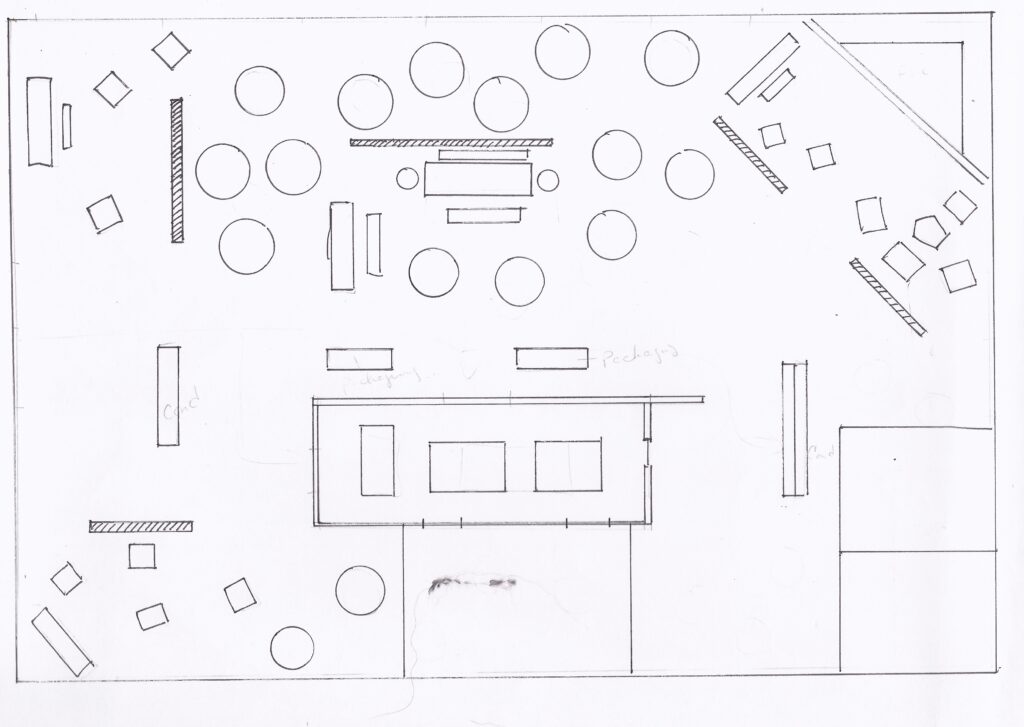
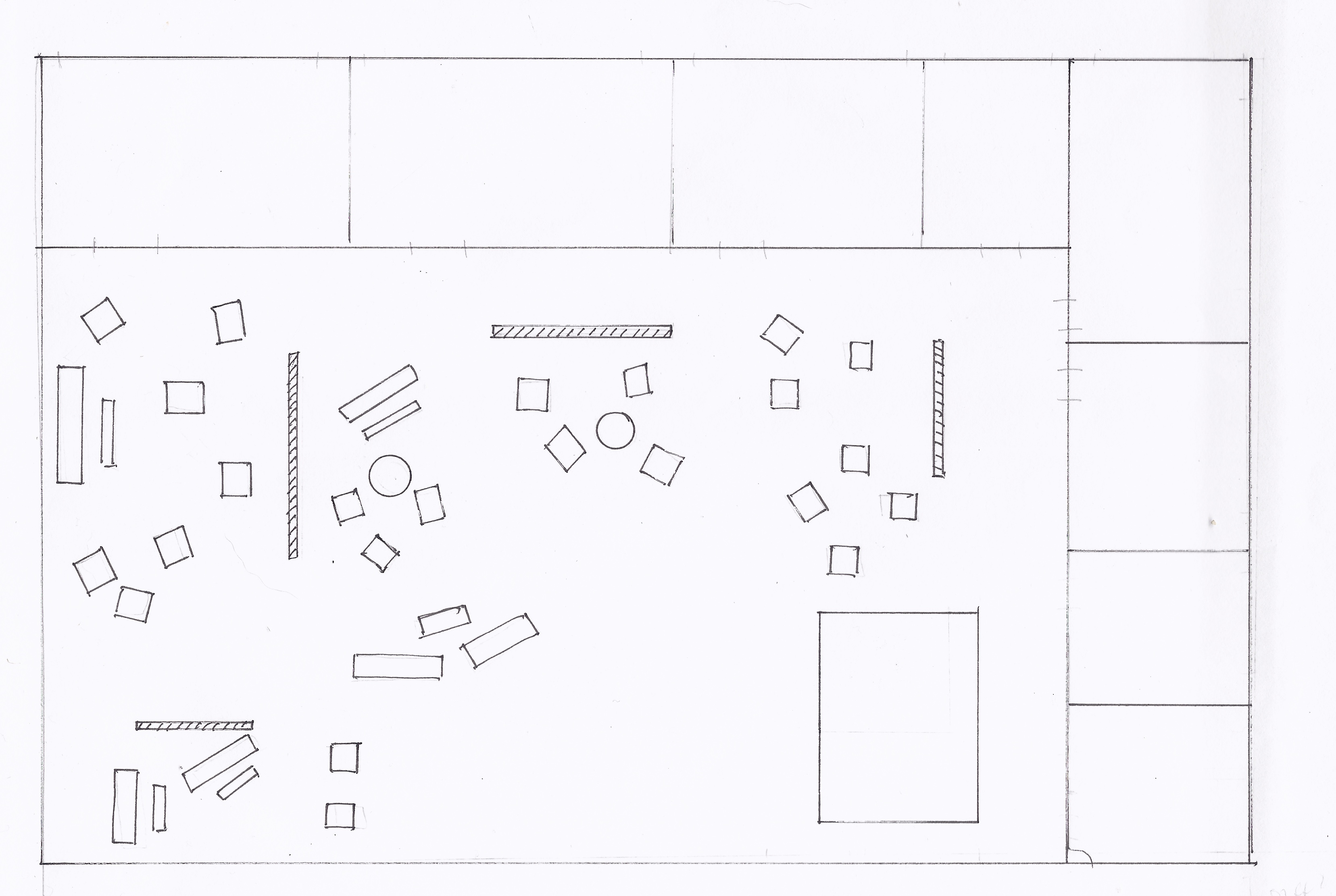
It should be emphasized, however, that the sense of peace and calm using athroisis and SSOS can also be used on furniture, not just the space itself. Employ it on benches, chairs, furniture, kiosks and anywhere else that would enhance a sense of nature.
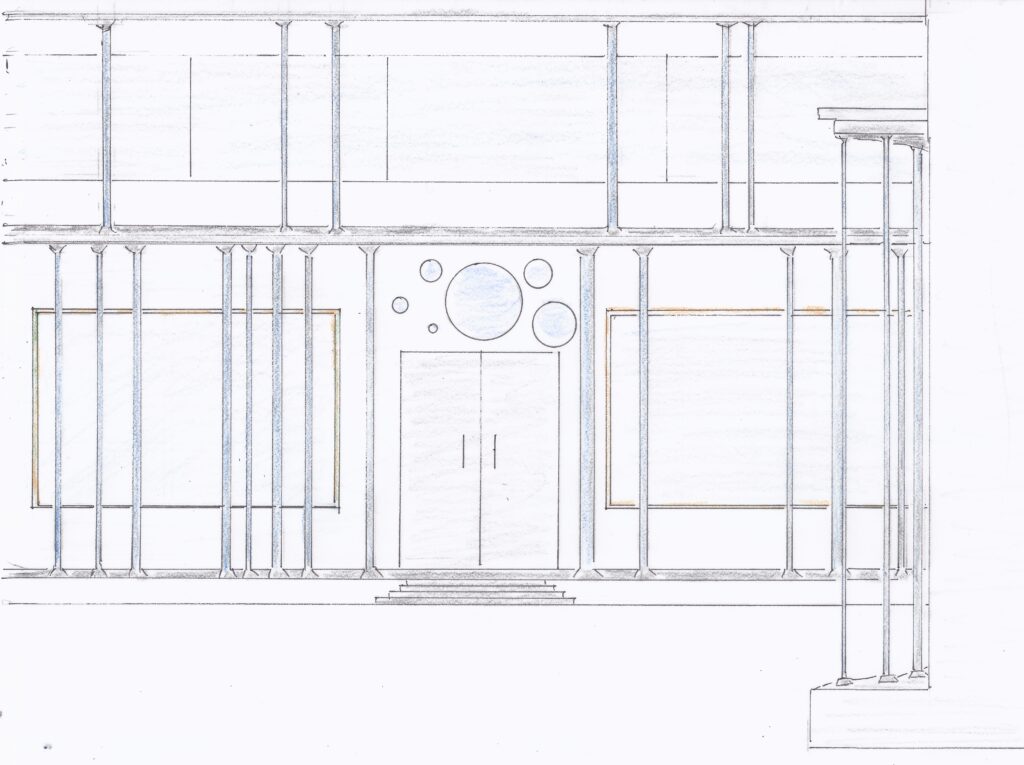
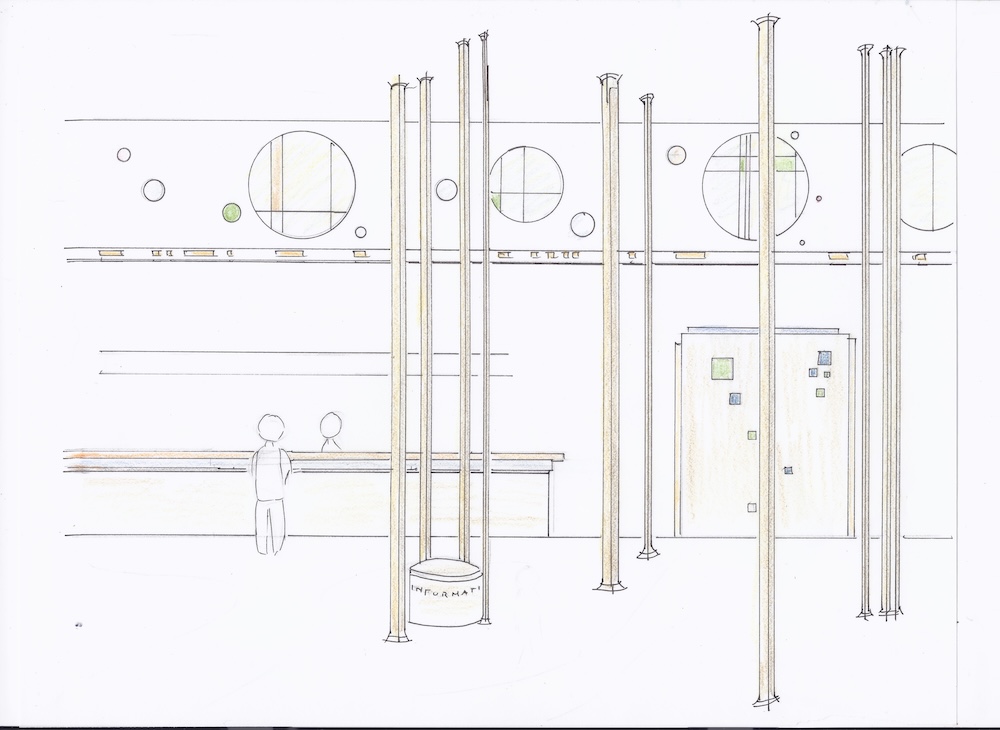
On a larger scale, building complexes can provide tranquility in a stressful environment.